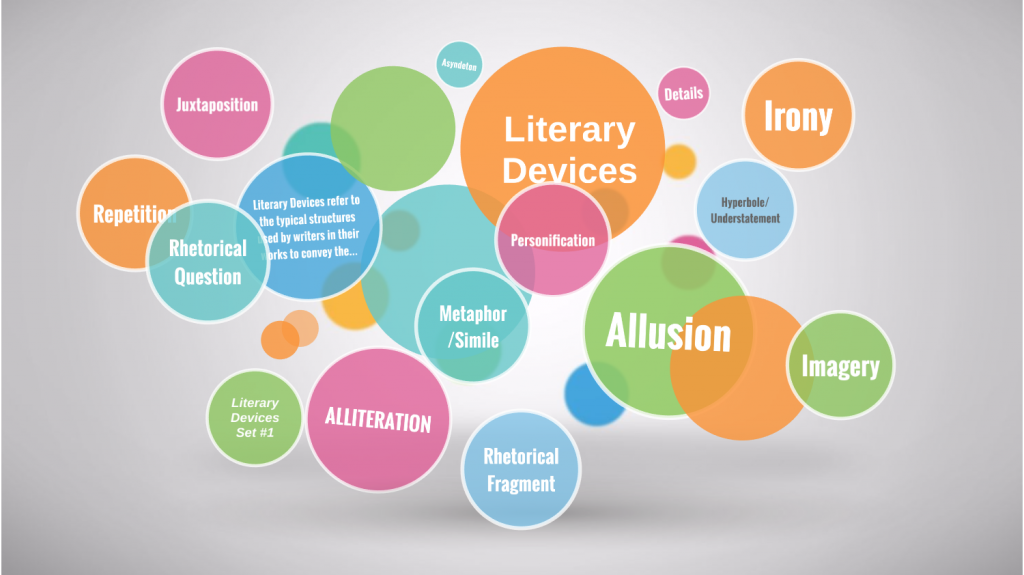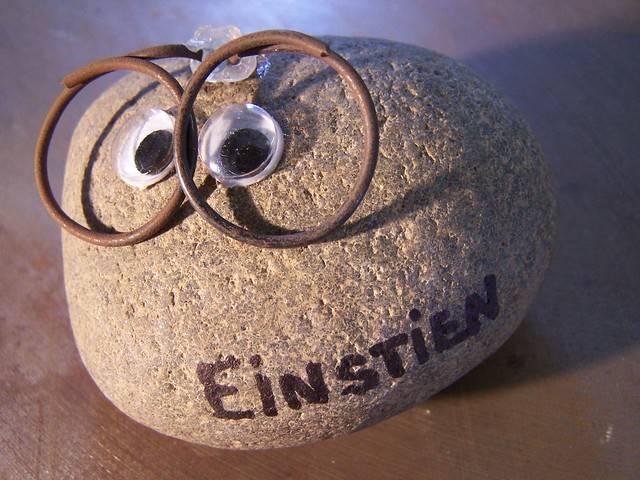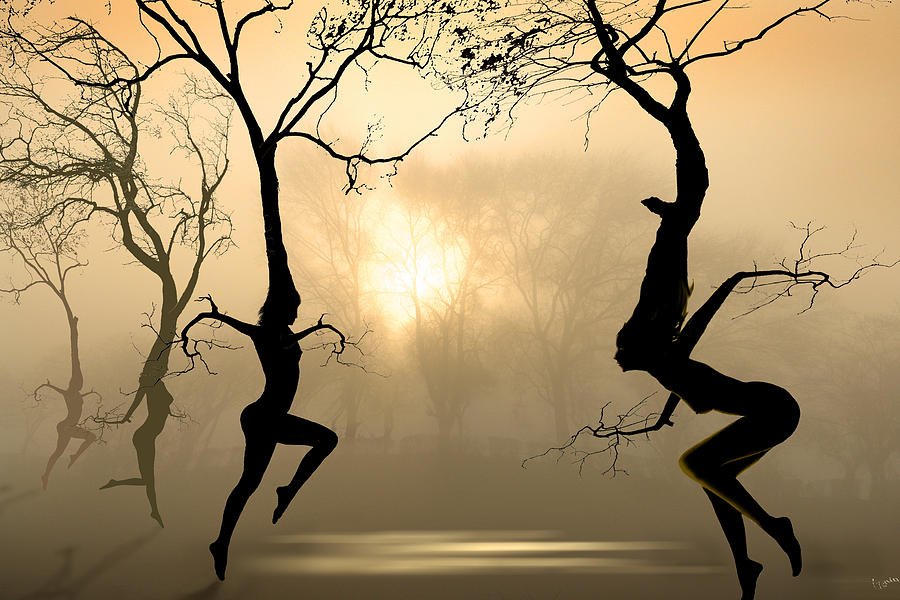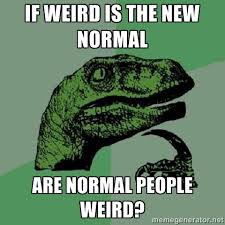
A 10th grader teaches elementary school students how to use literary devices.
By Michael Khaykin
Every kid likes stories. And if you have ever tried writing one, you know it can be tricky. Writers use many tricks called literary devices to make their words fly off the page. Read on, and I will tell you about the most important literary devices you should try using in your writing: similes, onomatopoeia, personification, hyperboles, euphemisms, invectives, oxymorons, paradoxes, and finally imagery.

Similes are basically a comparison using like or as, which sounds kind of boring, but it can be fun. A simile could be, the water is as black as night. Or they can be more fun if you add sarcasm, I am as smart as a rock. Now you try one. This is just one of many literary devices used in stories that all of you might like. Open your favourite book and see how many similes you can find now.
Another useful term is onomatopoeia, try saying that 5 times fast!. Onomatopoeia is very important when describing how things sound. Onomatopoeia is when you write a sound exactly the way it sounds. For instance, a bee buzzes, or a cow goes moo. It’s a word that is exactly like the sounds it represents. This helps bring the reader further into the story and it gives stories a deeper sense for the reader to experience.

Next are personifications, which are found in many of your favorite children’s books. Personification is when you give something inanimate or not living, human like characteristics. A popular example is the sun is smiling at me, or the trees danced, imitating tree dancing in the wind. The purpose of these is to make stories more fun, to give the surroundings a happy or a sad mood, or just to describe objects in a way people can relate to. This works hand in hand with imagery, which I will talk about more later.
Moving on to hyperboles, which are not an intergalactic football game. Hyperboles are quite literally exaggeration. Your parents may use some of these when they are angry, like, “I’m going to explode,” or you might use them when you stub your toe, “Ouch, my foot kills.”
Euphemisms and invectives might sound like gibberish words at first, but they are actually a lot of fun. An invective is an insult, and a euphemism is a gentler way of saying what you wanted to say with an invective. A great example of an invective is, “I’ll explain using small words so that you can understand.” That is a very hurtful comment which implies that the person you are talking to is an imbecile. Now, a euphemism is a kinder, and gentler way of saying the same thing. For instance, “let me simplify it for you so that I can help you better understand”. If someone’s room is a mess, an invective would be to say “your room is a pigsty. But a euphemism would sound much softer, like, “Your room could use some tidying up.” Euphemisms are nicer ways to say what you really mean to say without hurting someone’s feelings.

The best term yet is the oxymoron. Oxymorons are two opposite ideas that are put together and are contradictory. For instance the “normalest weirdo,” or “the smartest idiot”. They are fun to use in normal conversation and as jokes with your friends. Oxymorons are loads of fun’ Why don’t you try coming up with one right now? That was fun wasn’t it? Well next we have something even better.’
Finally, and most importantly is the imagery, especially when describing setting, and I’m not talking about the thing you tap on your phone to connect to your Wi-Fi! The setting describes where the characters in the story are and their environment. This is where imagery comes in. As an example, imagine this. Imagine- imagery, get it? Imagine a bright blue sky, the sun is shining brightly, there is a calm, gentle breeze, and the air smells like the ocean, in the distance you can hear the ocean waves crashing gently onto the shore. Did everyone see that image? That is imagery. Without imagery there is no concrete setting; and therefore, there is no story because you never know what the characters are experiencing. Imagery helps the reader feel like they are there, next to the characters.
As you have heard, from a very reliable source, literary terms are very important for story telling and writing. Without them it would be boring. That’s why it is so important to learn about them now, so you could read and understand every aspect of the story and make your own writing better. In my grade, grade 10, that is exactly the thing that you have to do for tests and assignments. Remember, what I talked about in this article was just the tip of the iceberg, there are over 100 devices you can use to write analyze literature. I must say, it was a pleasure writing this article. I hope it helps you write better now and in the future.
Thank you for reading. Check out our writing programs, and join us for a trial class. We help children of all ages develop superior writing skills.
